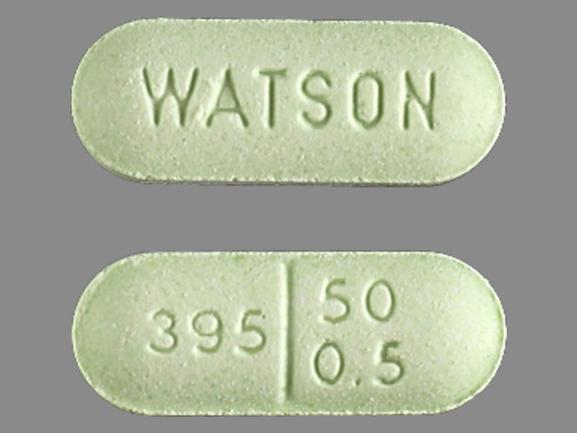Naloxone/pentazocine Interactions
There are 466 drugs known to interact with naloxone/pentazocine, along with 18 disease interactions, and 1 alcohol/food interaction. Of the total drug interactions, 161 are major, 303 are moderate, and 2 are minor.
- View all 466 medications that may interact with naloxone/pentazocine
- View naloxone/pentazocine alcohol/food interactions (1)
- View naloxone/pentazocine disease interactions (18)
Most frequently checked interactions
View interaction reports for naloxone / pentazocine and the medicines listed below.
- Adderall (amphetamine / dextroamphetamine)
- Ambien (zolpidem)
- Benadryl (diphenhydramine)
- Celebrex (celecoxib)
- Claritin (loratadine)
- Cymbalta (duloxetine)
- Dulera (formoterol / mometasone)
- Fish Oil (omega-3 polyunsaturated fatty acids)
- Flexeril (cyclobenzaprine)
- Lamictal (lamotrigine)
- Linzess (linaclotide)
- Lipitor (atorvastatin)
- Lyrica (pregabalin)
- MiraLAX (polyethylene glycol 3350)
- Neurontin (gabapentin)
- Nexium (esomeprazole)
- Plavix (clopidogrel)
- ProAir HFA (albuterol)
- Probiotic Formula (bifidobacterium infantis / lactobacillus acidophilus)
- Protonix (pantoprazole)
- Singulair (montelukast)
- Synthroid (levothyroxine)
- Topamax (topiramate)
- Valium (diazepam)
- Vistaril (hydroxyzine)
- Vitamin C (ascorbic acid)
- Vitamin D3 (cholecalciferol)
- Xanax (alprazolam)
- Zantac (ranitidine)
- Zofran (ondansetron)
Naloxone/pentazocine alcohol/food interactions
There is 1 alcohol/food interaction with naloxone / pentazocine.
Naloxone/pentazocine disease interactions
There are 18 disease interactions with naloxone / pentazocine which include:
- CV disorders
- impaired GI motility
- infectious diarrhea
- prematurity
- gastrointestinal obstruction
- acute MI
- drug dependence
- intracranial pressure
- respiratory depression
- liver disease
- renal
- septic shock
- adrenal insufficiency
- liver disease
- renal dysfunction
- seizure disorders
- urinary retention
- biliary tract disease
More about naloxone / pentazocine
- naloxone/pentazocine consumer information
- Compare alternatives
- Pricing & coupons
- Reviews (26)
- Drug images
- Side effects
- Dosage information
- During pregnancy
- Drug class: narcotic analgesic combinations
- En español
Related treatment guides
Drug Interaction Classification
| Highly clinically significant. Avoid combinations; the risk of the interaction outweighs the benefit. | |
| Moderately clinically significant. Usually avoid combinations; use it only under special circumstances. | |
| Minimally clinically significant. Minimize risk; assess risk and consider an alternative drug, take steps to circumvent the interaction risk and/or institute a monitoring plan. | |
| No interaction information available. |
See also:
Further information
Always consult your healthcare provider to ensure the information displayed on this page applies to your personal circumstances.


